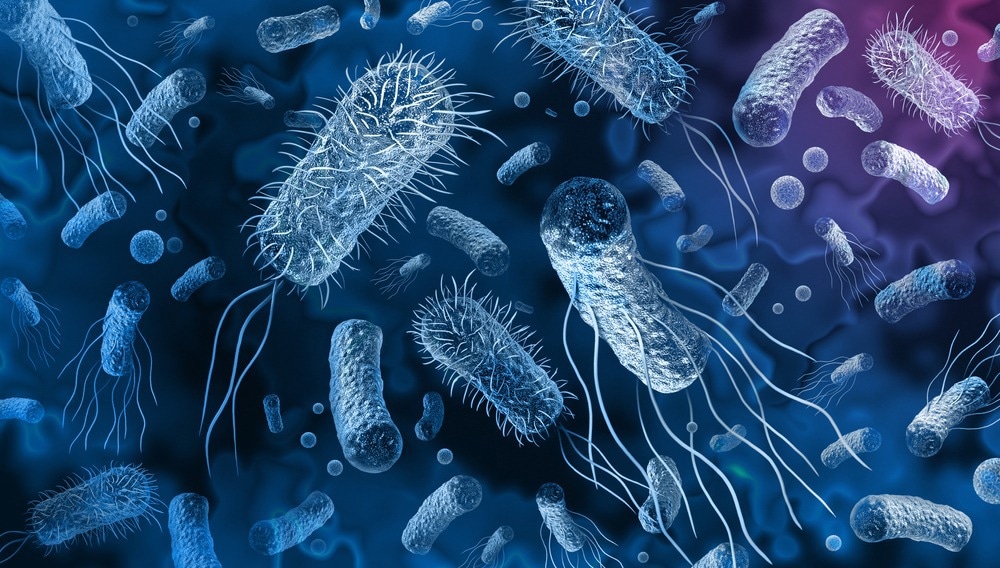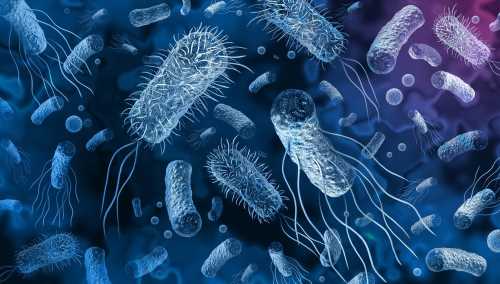In a recent study published in Nature, researchers investigated the feasibility of utilizing a bacterial contractile injection system for programmable protein delivery.

Background
Endosymbiotic bacteria have developed complex delivery mechanisms that facilitate their interaction with host biology. Exemplifying this phenomenon are the extracellular contractile injection systems (eCISs), characterized as macromolecular complexes resembling syringes. These structures facilitate protein payload injection into eukaryotic cells by penetrating the cellular membrane with a spike.
In recent studies, it has been discovered that eCISs exhibit a propensity for targeting mouse cells. This observation has led to the speculation that these systems may hold a potential for the delivery of therapeutic proteins. The functionality of eCISs in human cells and the pathways underlying their target cell recognition are yet to be fully elucidated.
About the study
In the present study, researchers demonstrated that the Photorhabdus virulence cassette (PVC) governs target selection through the specific detection of a target receptor facilitated by a distal binding element of the PVC tail fiber.
This study on eCIS activity was centered on a specific category of eCISs, namely the PVCs. PVCs comprise a group of genes totaling approximately 20 kilobases, which include 16 essential core genes (pvc 1-16). These genes are crucial for the construction of an operative injection system. The payloads Pdp1 and Pnf are located close to pvc 1-16, and it is believed that they enter target cells through PVC sheath contraction and disassembly of the spike-tube complex, which is a common mechanism for all eCISs.
The team incorporated innovative, non-endogenous payloads into the PVC to transform PVCs into programmable protein delivery systems. The study also determined the feasibility of observing PVC-mediated protein delivery using engineered and endogenous payloads in cultured insect cells. This was achieved by incubating Sf9 cells with unmodified PVCs containing native toxin payloads.
Results
Upon analysis through negative-stain transmission electron microscopy (TEM), the protein complexes exhibited a resemblance to canonical eCISs. These complexes contained intact sheath structures and baseplates with a length of approximately 116 nm.
Antibodies eBook

The study findings indicated that the pPayload is imperative for the generation of observable PVC particles. This showed that the payload region's diminutive genes played a crucial role in the development of PVCs in E. coli. Furthermore, upon brief exposure to cultured Sf9 insect cells, the purified complexes exhibit a strong affinity towards the cell surface. These findings indicate that E. coli has the potential to generate PVC complexes that demonstrate appropriate assembly and targeting.
The absence of the disordered region in the modified payloads resulted in the inability to load into PVCs. Consequently, the team also integrated the packaging domain with diverse proteins not inherently incorporated into the PVC and assessed the extent to which the resultant modified payloads were placed into the PVCs.
The study revealed that the co-purification of the three newly discovered payloads with PVCs occurred in the presence of pvc15, thereby validating the efficacy of this approach as a universal technique for incorporating proteins into PVC particles.
The team also noted that pvc15 was dependent on the existence of multiple essential PVC genes, which encompassed the putative PVC targeting element and a gene that was formerly hypothesized to act as the payload loader. Furthermore, the administration of purified payloads or unloaded PVC complexes in isolation was inadequate in replicating this phenotype, thereby suggesting that the observed activity was contingent upon the concerted actions of the PVC complex as well as the toxin payloads.
The collective findings indicate that recombinant PVCs exhibited biological efficacy when exposed to cultured insect cells. Furthermore, these PVCs could be reprogrammed to facilitate the load and produce non-native proteins in recipient cells, thereby generating innovative biological effects.
The utilization of Pvc13-Ad5-knob retargeted PVCs loaded with Cas9 resulted in the generation of particles that induced on-target insertions and deletions within HEK 293FT cells containing a guide ribonucleic acid (RNA). Upon loading PVCs with either the right or left arm of a zinc finger deaminase (ZFD) that targeted human T-cell receptor α constant (TRAC) locus and co-administered them to HEK 293FT cells, signifying the ability of PVCs to deliver ZFDs for base editing in human cells.
Conclusion
The study findings illustrated that an eCIS is a customizable mechanism for dispensing proteins, capable of being adapted for the loading of non-endogenous payloads and for targeting new organisms. The investigation of the PVC targeting element revealed that PVCs exhibit a remarkable degree of specificity towards their targets and that the efficacy of PVC activity is contingent upon the successful interaction between the tail fiber and a receptor located on the surface of the target cell. This study represents the creation of a flexible category of customizable protein delivery mechanisms that are highly adaptable for use in a diverse array of contexts, spanning from biocontrol to human gene therapy.
- Kreitz, J. et al. (2023) "Programmable protein delivery with a bacterial contractile injection system", Nature. doi: 10.1038/s41586-023-05870-7. https://www.nature.com/articles/s41586-023-05870-7
Posted in: Medical Science News | Medical Research News
Tags: Bacteria, Cas9, Cell, E. coli, Efficacy, Electron, Electron Microscopy, Gene, Gene Therapy, Genes, Locus, Membrane, Microscopy, Phenotype, Protein, Receptor, Ribonucleic Acid, RNA, Syringe, T-Cell, Toxin, Zinc

Written by
Bhavana Kunkalikar
Bhavana Kunkalikar is a medical writer based in Goa, India. Her academic background is in Pharmaceutical sciences and she holds a Bachelor's degree in Pharmacy. Her educational background allowed her to foster an interest in anatomical and physiological sciences. Her college project work based on ‘The manifestations and causes of sickle cell anemia’ formed the stepping stone to a life-long fascination with human pathophysiology.
Source: Read Full Article
